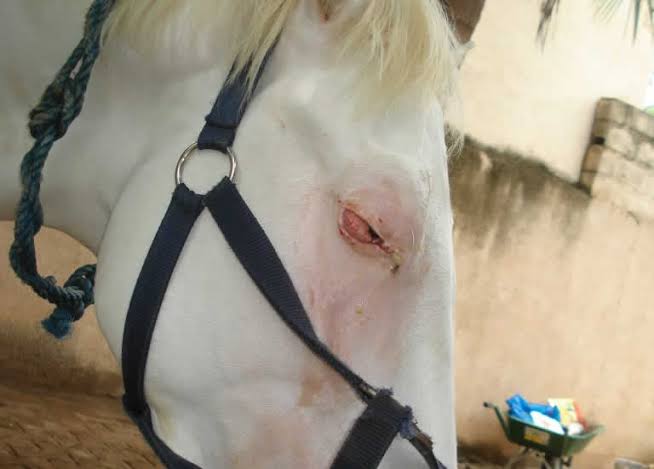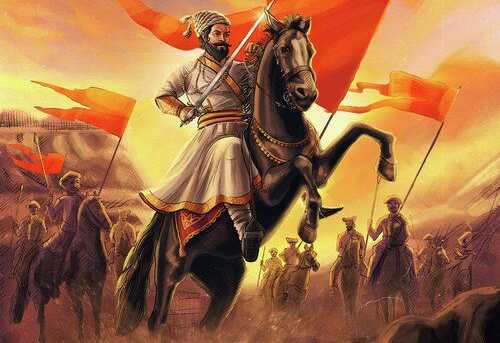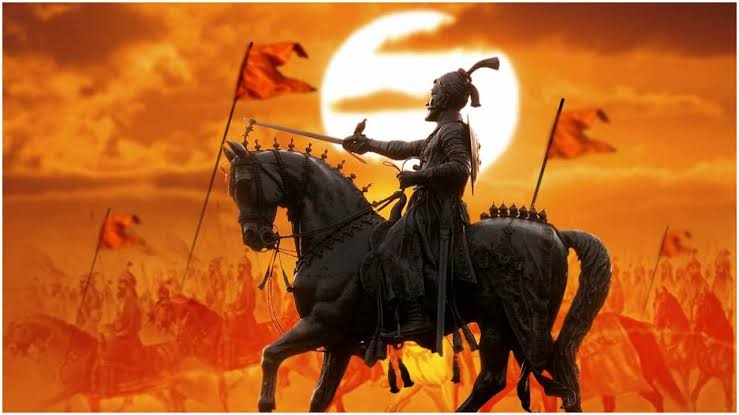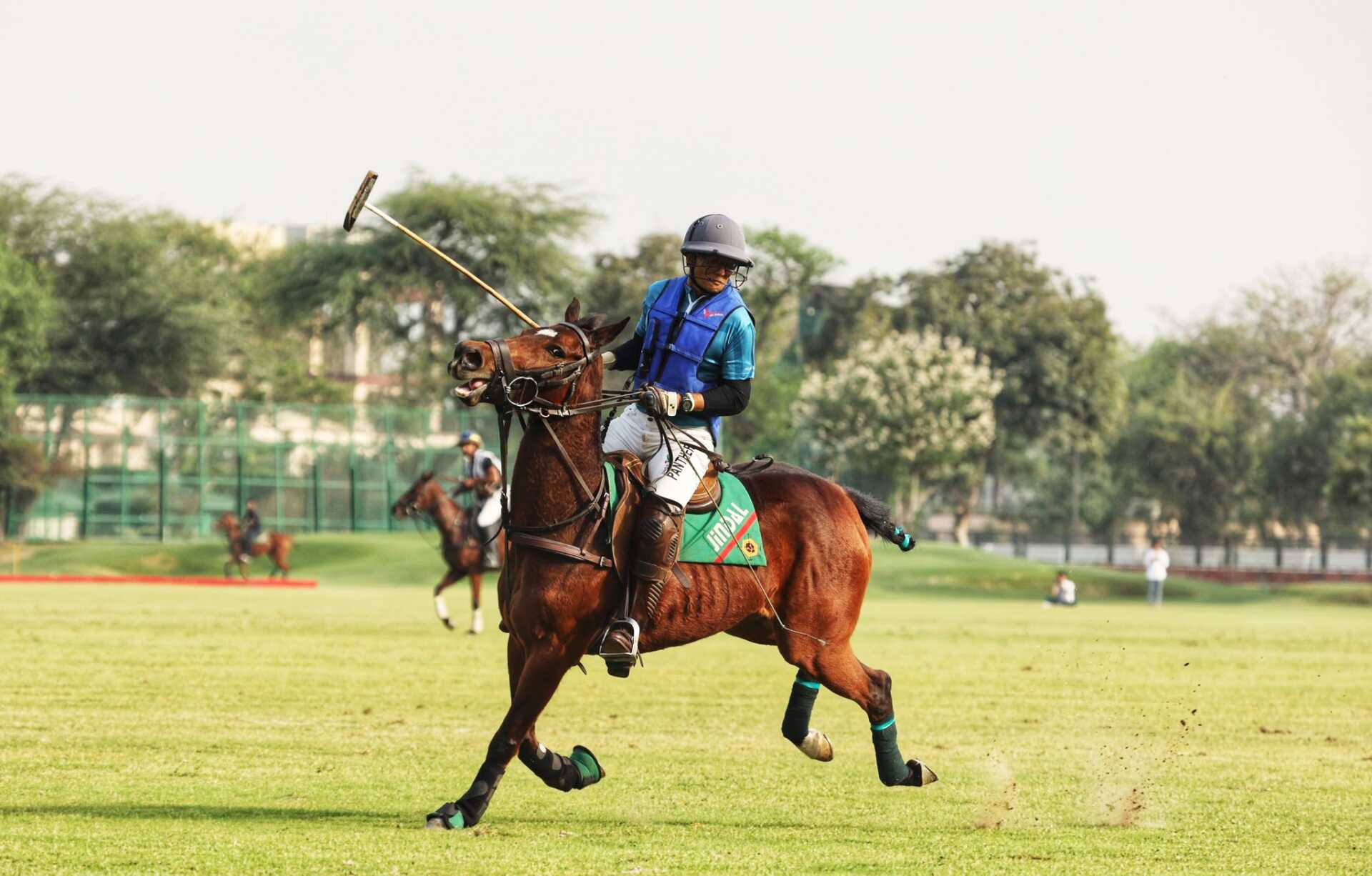
Exploring the Origins and Rich History of Polo: The Sport of Kings
Polo is a captivating equestrian team sport. It is often referred to as the “sport of kings” due to its historical association with nobility and aristocracy. Polo has a rich history that dates back more than 2,000 years and has evolved into the modern game we know today.
Origins of Polo
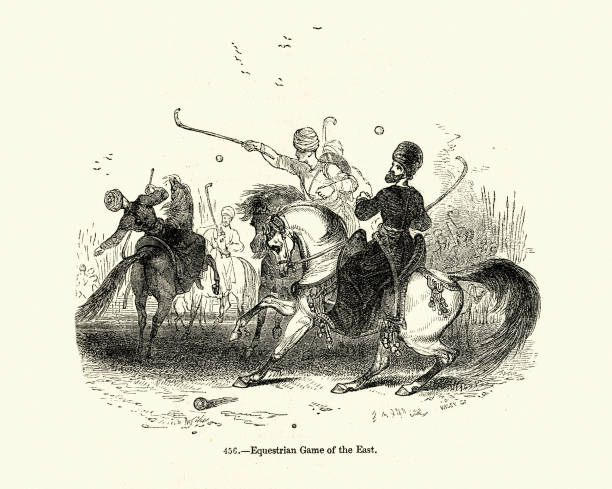
The exact origins of polo are uncertain, as various forms of the game were played in different regions throughout history. However, the earliest roots of the sport can be traced back to ancient Persia (modern-day Iran) during the 6th century BC. It was known as “chogan” in Persian, and it was initially played as a training exercise for cavalry units in the Persian Empire.
Polo gained popularity and spread throughout the Asian continent, including China, India, and the Mongol Empire. It was during the Mongol rule in the 13th century that polo was introduced to the Western world. The Mongols, under the leadership of Genghis Khan, conquered many parts of Asia, and their love for the game of polo caught the attention of Western civilizations.
Birth of Polo Club
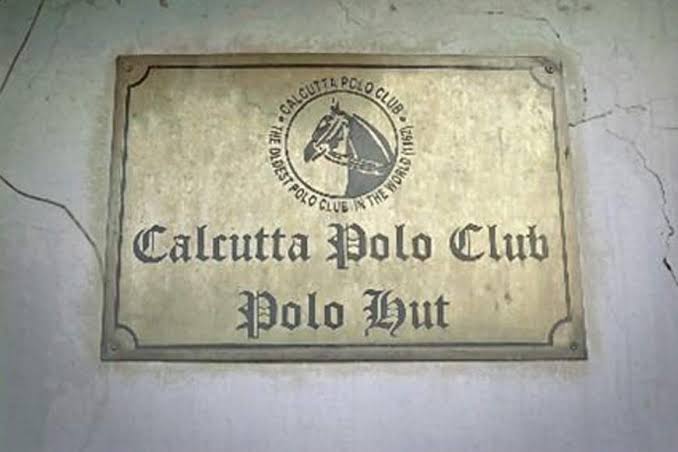
During the late 19th century, the sport of polo began to make its mark in India with the establishment of the Cachar Club in Silchar in 1859, marking the first European polo club on the continent. Soon after, in the 1860s, the renowned Calcutta Polo Club was formed, further cementing the sport’s presence in the country.
As polo gained momentum, it caught the attention of the 10th Hussars, a regiment stationed in India at the time. In 1866, members of the regiment had the opportunity to witness a gripping polo match, which inspired them to form their very own polo team. Comprised of dedicated officers, this team eagerly embraced the sport and contributed to its growth in the region.
Polo on the International Stage
Polo made its Olympic debut in 1900, showcasing its global appeal. Although it was later removed from the Olympic program, the sport continues to thrive at an international level.
Polo in India
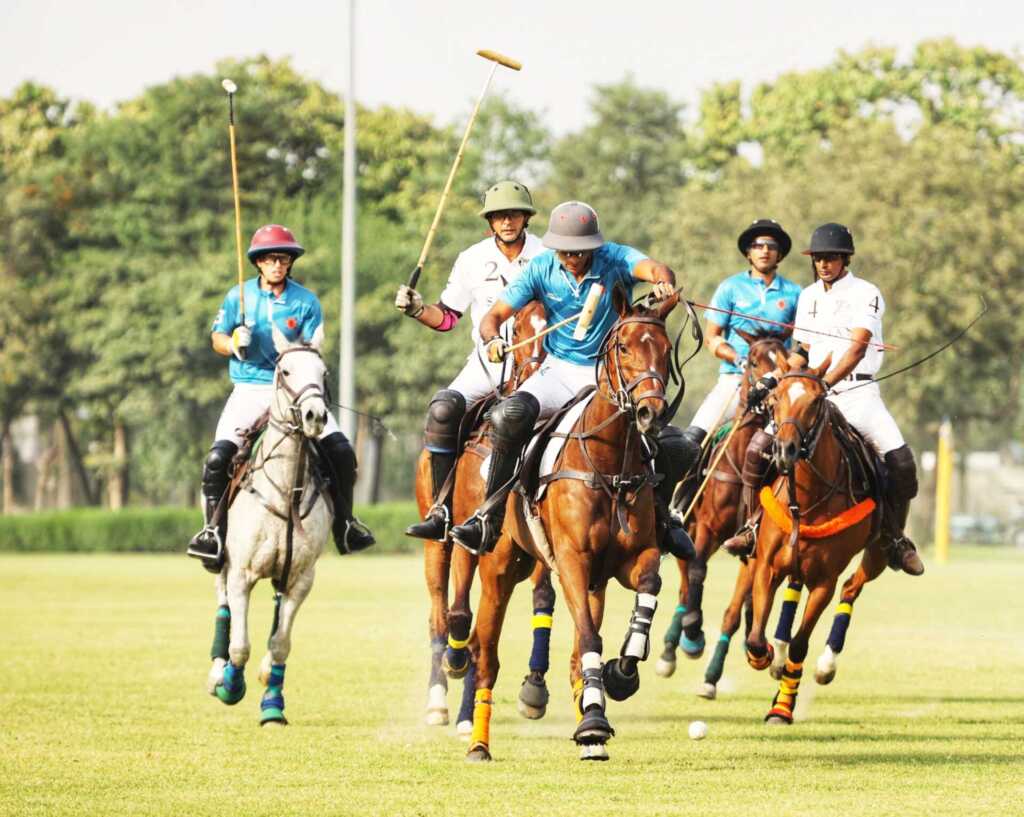
During the 19th century, the British Empire played a crucial role in popularizing and spreading polo. British tea planters and military officers stationed in colonial India embraced the sport, leading to its rapid growth in popularity. The establishment of formal polo clubs and standardized rules further contributed to the organization and expansion of the game.
However, according to some historical records, Polo can be traced back to ancient times, with evidence of its practice by the kings of Manipur and the Mongoloid races. The Indian state of Manipur is widely recognized as the birthplace of Polo, as confirmed by the English Guinness Book of World Records. As a result, Manipur is fondly referred to as the ‘Home of Polo’, cementing its historical significance in the origin and development of this ancient equestrian sport.
Hence, we can say that the traditional Manipuri sport Sago Kangjei is the mother of the modern-day polo.
Fast forward to the present day, polo in India has transcended its royal origins and evolved into a sport enjoyed by people from various walks of life. The sport has gained immense popularity across the country, with a robust infrastructure of clubs, tournaments, and enthusiastic players. Polo is not limited to the elite; it has become accessible to a broader audience, attracting players from different backgrounds.
Polo is not only a sport but also a spectacle that celebrates the country’s rich equestrian traditions. Polo matches are grand affairs, often accompanied by traditional music, dance performances, and a display of exquisite horsemanship. This amalgamation of sport and culture creates a breathtaking experience that captivates both players and spectators
Major Polo Tournaments in India

India is home to some of the most prestigious polo tournaments in the world. The Jaipur Polo Season, the Indian Polo Association Polo Championship, and the Maharaja Jiwaji Rao Scindia Gold Cup are among the prominent tournaments that showcase top-notch polo action. These events draw participants and spectators from all corners of the globe, creating a vibrant and competitive atmosphere.
Understanding the Game of Polo
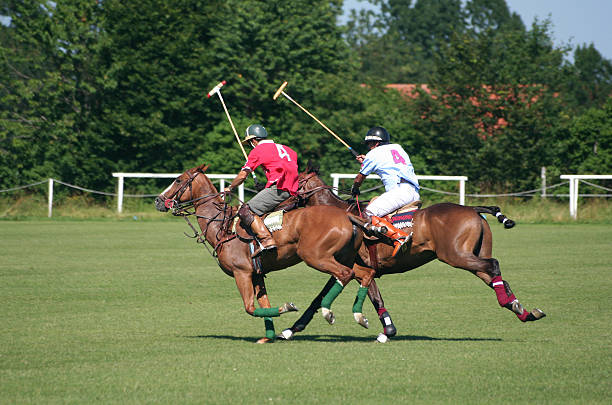
Polo is played by two teams on horseback, each comprising four players. The primary goal is to score points by skillfully striking a small ball into the opposing team’s goal with long-handled mallets. This exhilarating game takes place on a spacious grass field, typically spanning approximately 300 yards in length and 160 yards in width.
Players must demonstrate exceptional horsemanship, agility, and precise ball control to excel in polo. The fast-paced nature of the game requires quick thinking, strategy, and teamwork. The duration of a polo match is divided into segments known as “chukkers,” typically spanning seven minutes each.
The Role of Polo Ponies

Polo ponies are central to the game, providing speed, agility, and responsiveness to the player’s commands. Despite the name, these athletic horses are not limited to a specific breed. They are carefully trained to handle the demands of the sport, including sudden stops, quick turns, and bursts of speed.
Polo ponies undergo rigorous training to develop their skills and understand the game. They are bred and selected for their agility, endurance, and suitability for polo. A skilled player forms a strong bond with their pony, relying on their athleticism and responsiveness to navigate the field effectively.
In the realm of Indian polo, Manipuri ponies stand as the original and esteemed polo ponies of choice. These ponies, native to the region, hold the distinction of being the first breed to be used for playing polo in India.
Common Horse Breeds used for Polo in India
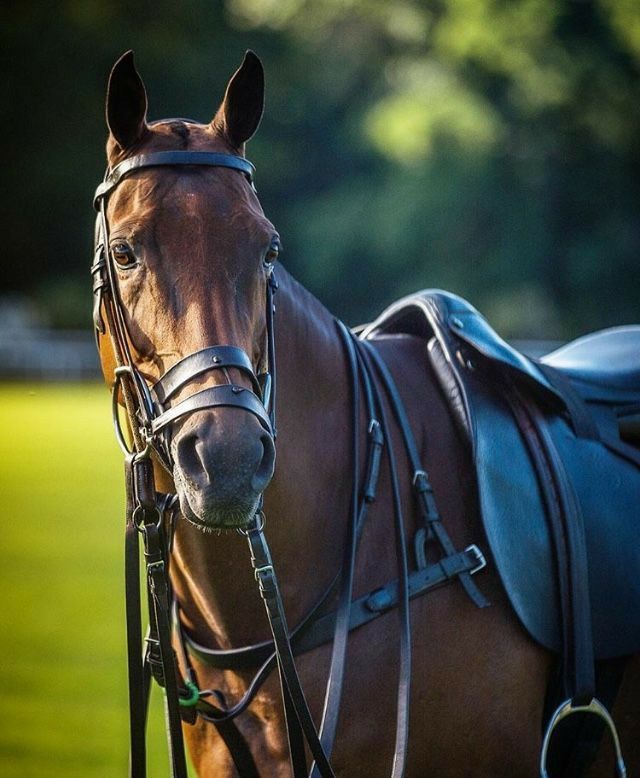
In India, various horse breeds are used for polo. Some of the commonly used horse breeds for polo in India include:
- Thoroughbred: Thoroughbreds are highly regarded for their speed, agility, and endurance. They are often crossed with other breeds to enhance polo performance. Thoroughbreds have a strong presence in Indian polo due to their athleticism and versatility.
- Marwari: The Marwari breed, native to the Marwar region of Rajasthan, is known for its elegance and agility. These horses are well-suited for polo due to their stamina, maneuverability, and ability to change direction quickly.
- Kathiawari: Hailing from the Kathiawar region of Gujarat, the Kathiawari breed is recognized for its robust build and endurance. They are well-regarded for their suitability in various equestrian disciplines, including polo.
- Manipuri Pony: Manipuri Ponies are indigenous to the Manipur region of northeastern India. Although they are smaller in size, they possess remarkable agility, speed, and maneuverability, making them ideal for polo, particularly in the traditional Manipuri style of the game.
- Argentine Thoroughbred Crosses: Many Indian polo players also utilize Argentine Thoroughbred crosses. These crosses combine the speed and athleticism of the Thoroughbred with the hardiness and agility of local Indian breeds, resulting in excellent polo horses.
The Equipment Used in Polo
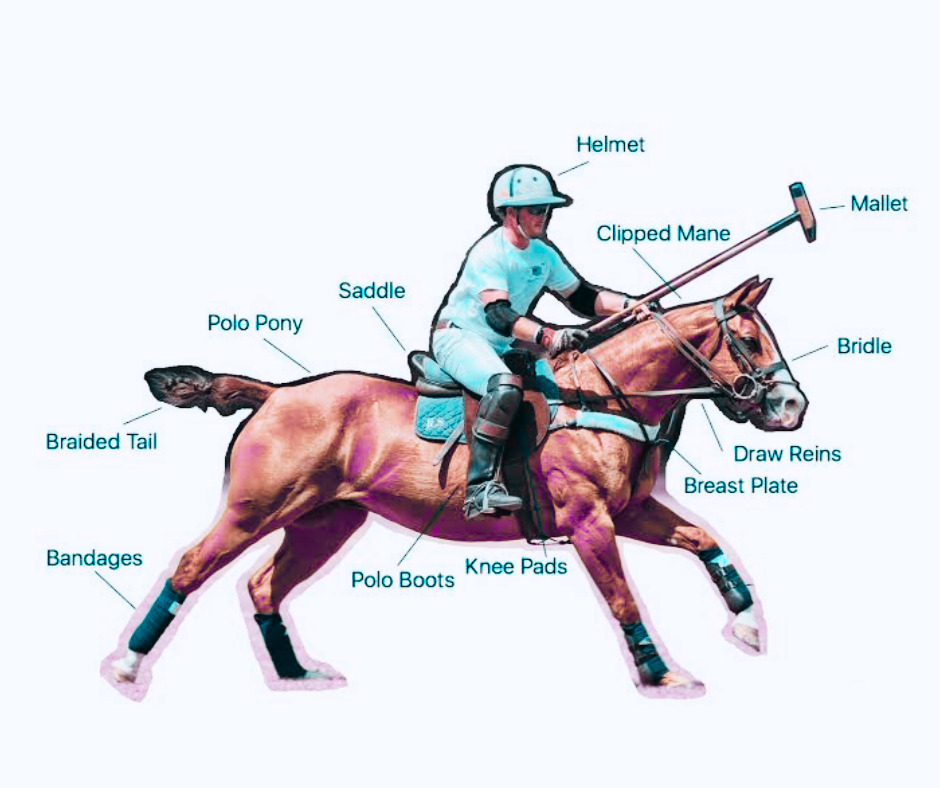
Mallets
The polo mallet, a vital piece of equipment, is used by players to strike the ball. Traditionally made from bamboo, modern mallets are now crafted from lightweight materials such as fiberglass or carbon fiber, offering enhanced durability and maneuverability. The length of the mallet varies according to player preference, typically ranging from 49 to 54 inches.
Balls
The polo ball is a solid sphere crafted from either hard plastic or a combination of bamboo and cork. It measures approximately 3 inches in diameter and is designed to withstand high-speed impact during gameplay. Polo balls are available in different colors, with white being the most common choice for visibility.
Saddles and Tack
Polo saddles are specially designed to provide stability and balance for players during intense maneuvers. These saddles feature a prominent raised pommel and cantle, along with a reinforced seat and stirrup bars. Additionally, players utilize polo bridles, bits, and reins to control their horses effectively.
Helmets
Safety is paramount in polo, and helmets are essential to protect players from potential head injuries. Polo helmets are designed with a hard outer shell and a padded interior, offering maximum protection while ensuring comfort and breathability. Helmets often incorporate a faceguard, protecting the player’s face from accidental impacts.
Boots and Knee Guard
Polo boots are crafted from durable leather and feature a firm sole and a high shaft for ankle support. These boots provide stability and grip during fast-paced movements on the field. Furthermore, players wear knee guards, made from leather or synthetic materials, to shield their knees from impacts and falls.
Gloves and Knee High Socks
Polo gloves provide a better grip on the reins and mallet, improving control and accuracy. Knee-high socks are worn to protect the legs and prevent rubbing against the boots.

If you’re a passionate polo player or an equestrian enthusiast, Horsigo is your ultimate destination for all the necessary equipment and supplies. At Horsigo, we cater to the needs of polo players and equestrians by offering a wide range of high-quality products. From saddles to helmets, boots, and knee guards, we have you covered. Our comprehensive selection ensures that you can find everything you require for a thrilling game of polo or any other equestrian activity. Visit our homepage to learn more.
Conclusion
Whether you are fascinated by the history and tradition or drawn to the adrenaline-fueled gameplay, polo offers a unique and captivating experience. From the precision of the players to the agility of the polo ponies, every aspect of the sport contributes to its allure. So, dive into the world of polo and witness the grandeur of this remarkable sport that has stood the test of time.





